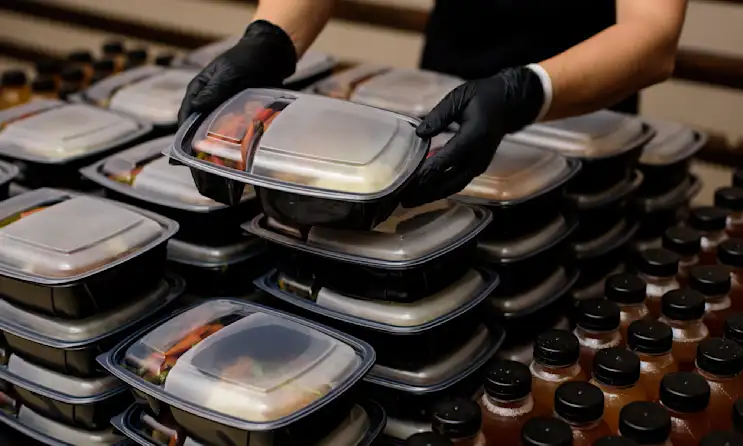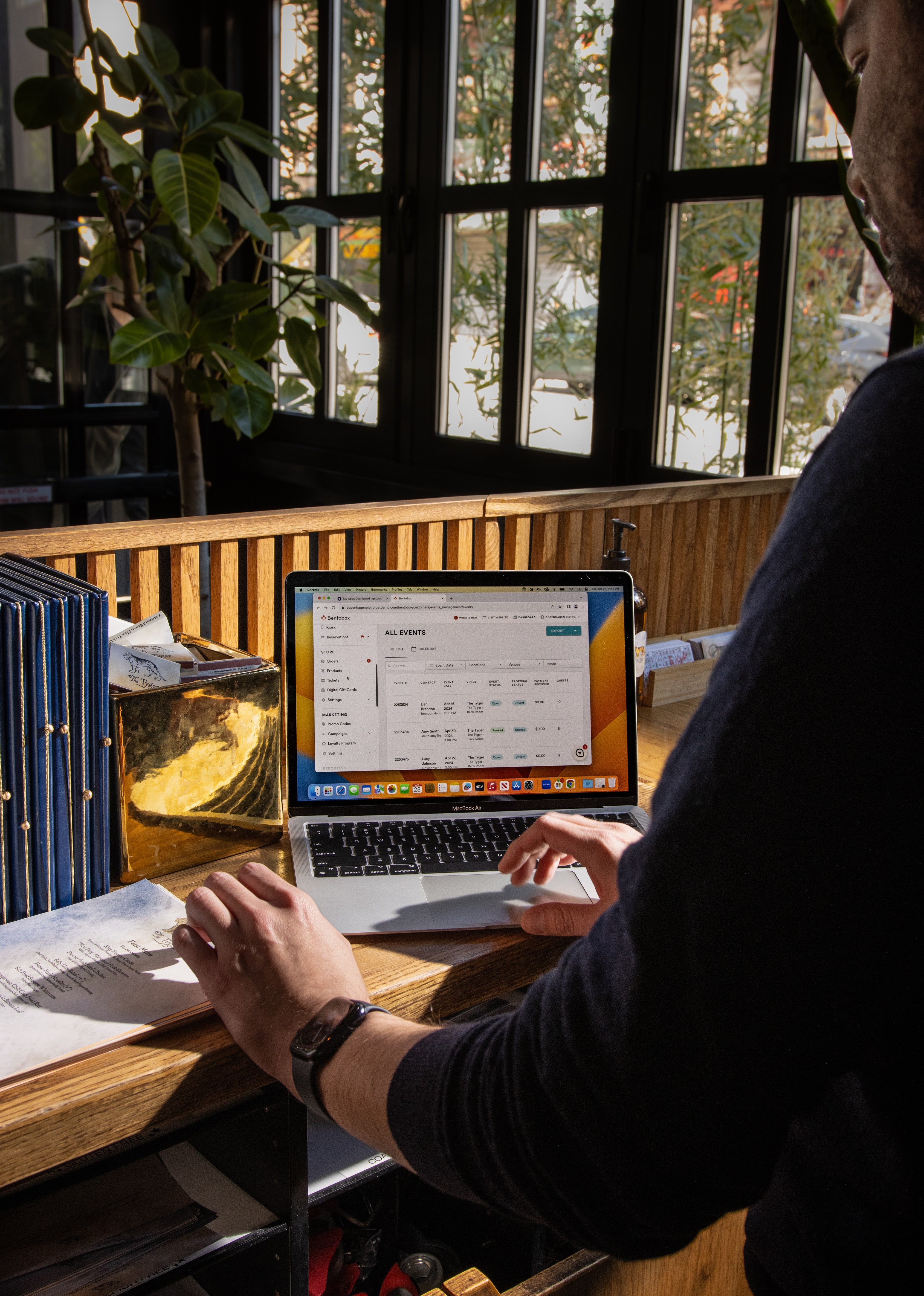Commerce
5 Key Trends in Restaurant Takeout & Delivery Behavior
July 14, 2021
Diners feel safer going out into the world, but this hasn't changed their takeout and delivery habits. Read more from our partnership with The Infatuation.
When pandemic-related dining restrictions began in 2020, takeout and delivery became the chief—and in many cases, only—sources of restaurant commerce. Restaurant owners met the moment by investing in online ordering and innovating with products such as meal kits, which helped them weather the storm of a disastrous year.
As the world reopens and restaurant owners attempt to plan a path forward, the future of takeout and delivery becomes a key strategic question. Will it return to the complementary role it served pre-pandemic? Or did the pandemic inspire a permanent change in how diners interact with restaurants, much like it did with office workers and their office spaces?
To help answer that question, we have partnered with The Infatuation for the second installment of our Restaurant Delivery Consumer Trend Report. The Q2 survey features insights from 1,020 U.S. diners, ages 18+, who dined out at least once per week before the pandemic.
Click here to view the full report and read below for five key takeaways.
1. As the World Reopens, Diners Continue Ordering Takeout & Delivery
85% of diners order delivery/takeout at least once per week, up from 84% in March
80% of diners plan to maintain their current delivery/takeout volume as indoor dining reopens, up from 79% in March
Why It Matters: In time, takeout and delivery volumes will normalize from their peaks during the pandemic. It’s inevitable. The questions facing restaurant owners are how quickly this will happen and how large the decrease will be. This data presents an optimistic view on the future of takeout and delivery, suggesting that diners plan to modify—not abandon—their pandemic dining habits, even when they feel safe eating on-premises.
2. Diners Want to Help Restaurants by Ordering Directly—but Only if It's Easy
44% of diners prefer ordering directly because it benefits the restaurant, tied with promotions/discounts as the #2 motivator for ordering directly
The #1 motivator for ordering directly is if they know the experience is easy (48%)
Why It Matters: Consumers have a very positive view of the restaurant industry, and awareness about the benefits of ordering directly is rising. This is a golden opportunity for restaurants to claim back some market share from third-party ordering apps, which have nickel-and-dimed them for years with steep commissions. To do that, however, restaurants have to ensure their direct online ordering systems are user-friendly. Diners are open-minded enough to try direct ordering, but if they find it confusing or tedious, they will go back to what they know.
3. Takeout & Delivery "Super Users" Will Remain Beyond the Pandemic
Of diners who order takeout/delivery at least 4x per week, 88% are confident they will maintain that volume throughout the year—significantly more than other surveyed diners
Diners who order takeout/delivery at least 4x per week are more confident they will maintain their habits now (88%) than they were in March (83%)
Why It Matters: This new group of takeout and delivery “super users” will be a lucrative target for restaurants, especially since they stand to gain the most by abandoning third-party apps. A recent Doordash survey also found that nearly one-in-four diners ordered takeout from the same restaurant 10+ times last year, suggesting that digital “super users” can become a new type of restaurant regular. Digital loyalty programs will prove important for incentivizing repeat diners and converting them into loyal customers.
4. Diners Aged 25-49 Are Most Likely to Be Takeout & Delivery “Super Users”
Age | 4+ Takeout/Delivery Orders per Week |
| 18-24 | 5% |
| 25-34 | 15% |
| 35-49 | 14% |
| 50-64 | 7% |
| 65+ | 4% |
Why It Matters: Global e-commerce is booming across industries, and no age groups shop online more than Millennials (25-40) and Gen Xers (41-56) do. They’re comfortable shopping on mobile and have been conditioned by e-retail to expect photographs of products before they buy them. Unsurprisingly, poor mobile optimization and poor food photography are the two main elements of restaurant websites that discourage diners from converting. If restaurant owners want to capture this new group of “super users,” focusing on those areas is a good place to start.
5. The Ease of Third-Party Delivery Apps is Overrated
Fewer than 1-in-4 diners (23%) agreed with the statement, “I prefer the ease and convenience of online ordering with a third-party delivery app”
Diners aged 25-34 were most likely to agree with that statement, but even then only 30% agreed
Why It Matters: Despite their perception as low-friction ordering solutions, third-party apps aren’t viewed as especially easy or convenient by customers. Setting up a third-party presence is easy for restaurants, but new technologies have made it easy for them to develop an optimized restaurant website as well. Given diners’ stated preference for ordering directly, and the financial upside of avoiding commissions, the time is right for restaurants to prioritize first-party ordering solutions and capture a larger share of digital ordering revenue.
About BentoBox
BentoBox empowers restaurants to own their presence, profits and relationships. The hospitality platform disrupts third-party services that come between the restaurant and the guest. BentoBox puts the restaurant first and offers tools that drive high-margin revenue directly through the restaurant's website. BentoBox is trusted by over 12,400 restaurant locations worldwide including Union Square Hospitality Group, Eleven Madison Park, José Andrés' Think Food Group, Manresa, Dominique Crenn Dining Group and H-Town Hospitality (Hugo's, Xochi). Based in New York City, BentoBox is one of Inc. 5000's fastest-growing companies.
About The Infatuation
Founded in 2009 in New York City by longtime music industry executives Chris Stang and Andrew Steinthal, The Infatuation has developed into one of the most innovative restaurant discovery platforms in the world. The company covers cities across the globe with a unique approach to creating and delivering restaurant reviews, guides, and recommendations via its prolific web and social media presence, useful mobile apps, and large and influential email newsletter. In 2018, The Infatuation acquired the legendary restaurant review brand, Zagat. In 2020, The Infatuation was named one of Fast Company’s Most Innovative Companies.
Recommended

Commerce
The Simple, Effective Way to Sell More Restaurant Gift Cards
December 29, 2020
How to increase your gift card sales with one easy move.

Websites
No, Your Restaurant Doesn’t Need An App
July 10, 2024
Debunking a common myth about online ordering.

Commerce
5 Restaurant Problems an Online Catering Store Solves
September 30, 2021
We built our Online Catering tool to address specific problems we heard from restaurant professionals. Which ones does your restaurant need help with?

